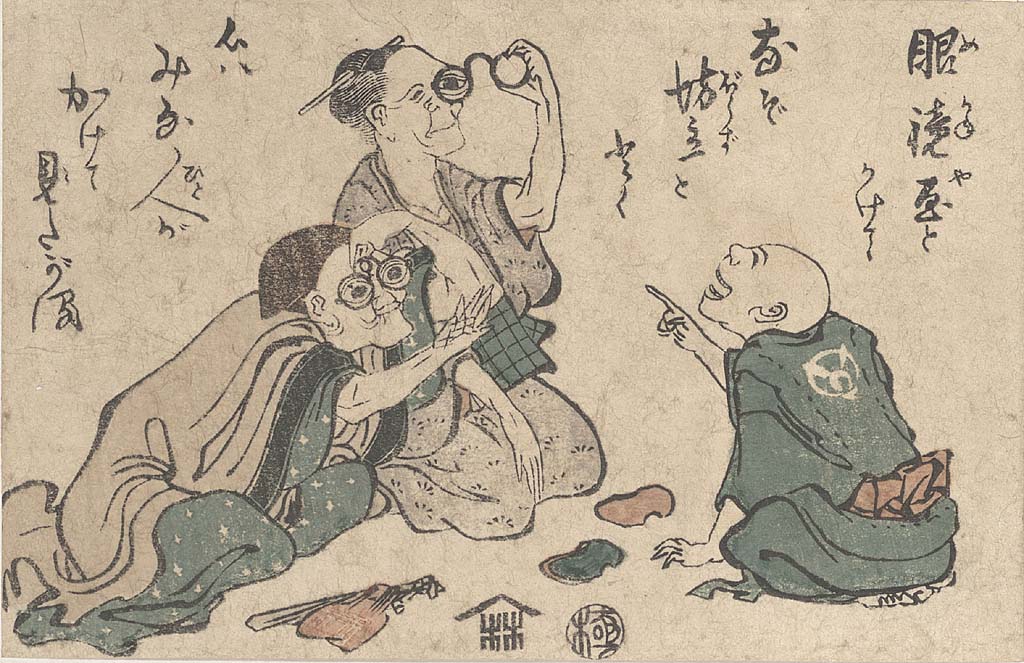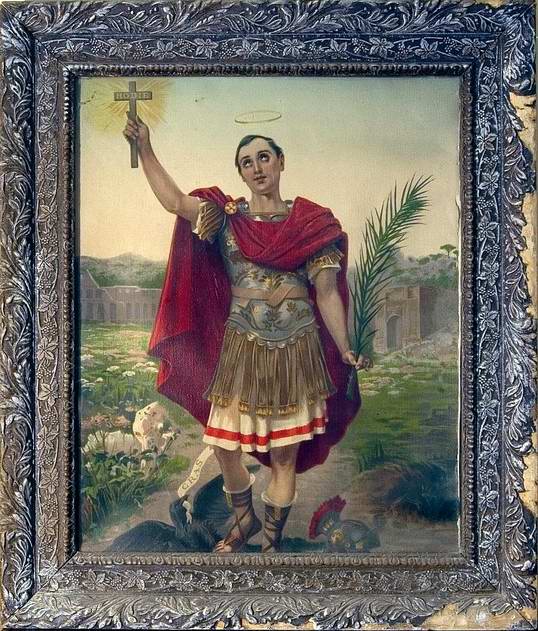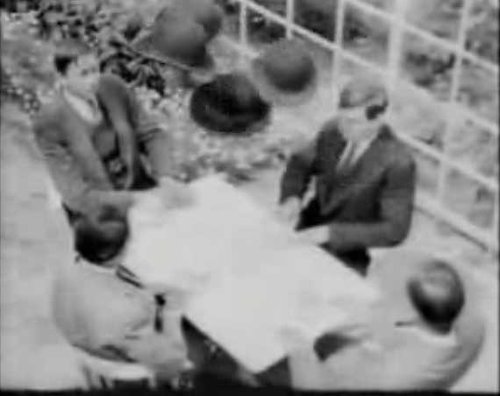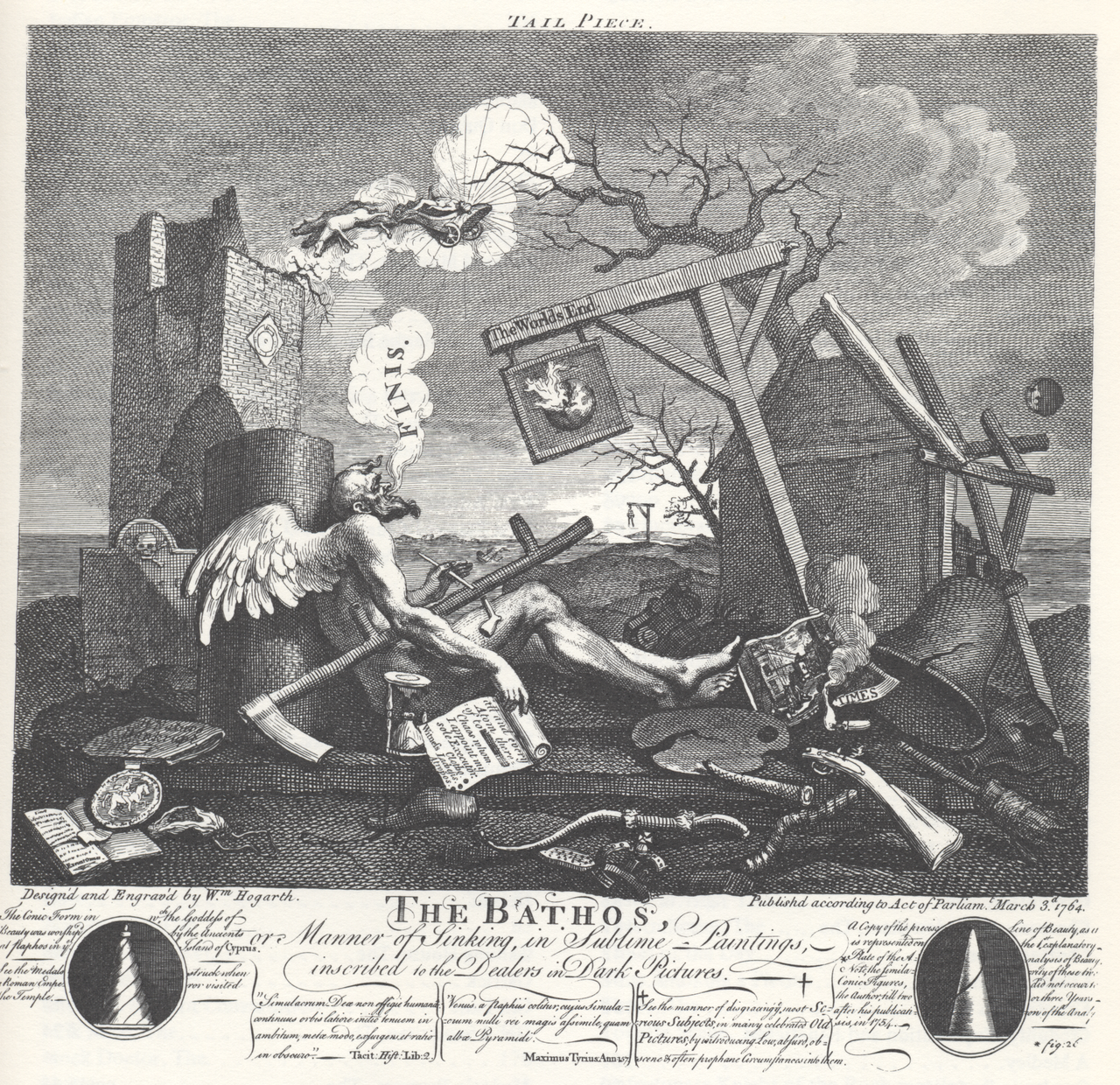Don’t ever feel like genius emerges fully formed out of a vacuum, y’all. The New York Times posted this week about researchers discovering Rembrandt’s inspiration — “direct visual reference” might be more accurate — for the cute blurry dog in the corner of his famous painting The Night Watch that has long interested museum visitors: The Curious Incident of the Dog in ‘The Night Watch’ (I hope the headline writer got some bonus pay for that reference!).
The TL;DR is that Rembrandt’s painted dog is pretty clearly adapted from the one seen in this drawing by Dutch painter/poet Adriaen van de Venne, which was more widely distributed when it was turned into an book frontispiece engraving by printmaker François Schillemans.
From Taco Dibbets, art historian and director of the Rijksmuseum Amsterdam:
“We always think about Rembrandt as a genius who created things out of nothing … But he had a huge print collection, he was very aware of his predecessors, and he borrowed from them as well. I wouldn’t call it copying or plagiarizing. It was more like borrowing inspiration, and then changing it around.”
Bonus: if you really want to look at the painting in detail (maybe to borrow inspiration for your own work!), the Rikjsmuseum has you covered with this 717 gigapixel version of Rembrandt’s The Night Watch that ought to keep you busy…









